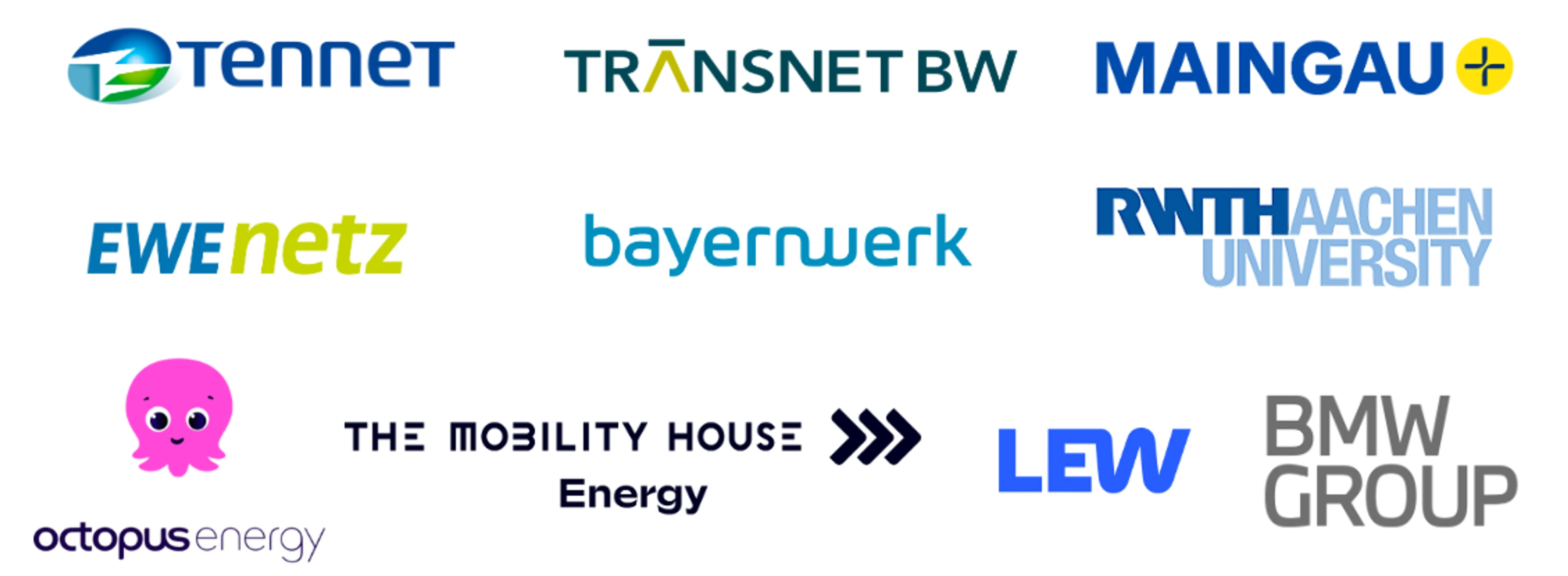Join us at our final presentation!

Grids & Benefits shows a way to grid-friendly charging and lower system costs. Register here!
How might we enable grid- and market-friendly charging?
Today, household electricity consumers lack incentives to charge their cars when renewable energy is available and the grid has capacity to transport it to the site of consumption. Drivers are generally left in the dark about fluctuating power prices or grid capacity constraints, which results in missed opportunities. Instead, curtailment and costs of congestion management continue to rise.
To address this, we have partnered with key innovators across the energy and mobility value chain. Together, we are on a mission to pioneer smart uni- and bidirectional charging. By leveraging charging flexibility, we aim to decrease costs for drivers and the entire power system by capturing low wholesale prices, reducing redispatch and delaying grid expansion.

Our partners cover the entire value chain

UnternehmerTUM's Corporate Co-Innovation Platform fosters cross-sector collaboration through structured workshops and agile development cycles, enabling rapid prototyping and piloting. By combining diverse expertise and resources, the platform enables knowledge transfer, accelerates innovation, reduces time-to-market, and addresses complex challenges in the energy ecosystem putting project partners at the center.
Project scope: From problem to solution in 6 months
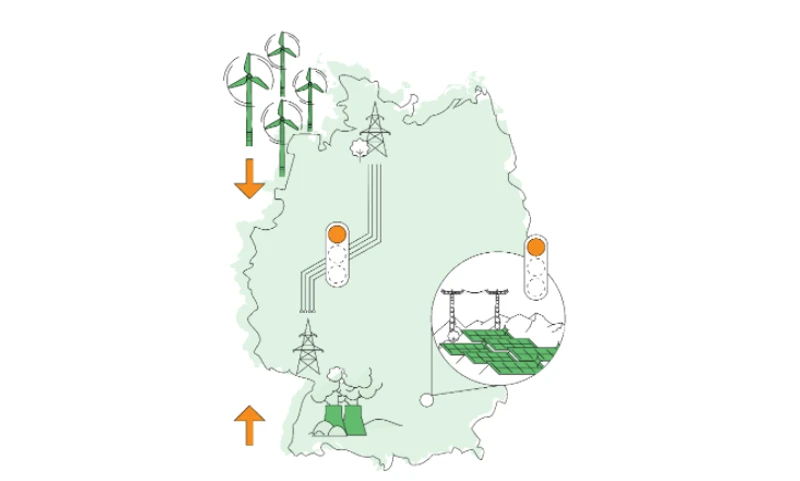
Problem
Limited grid capacity
Congestion management and grid expansion are becoming an increasing financial burden for the power system as the build of our renewables is accelerating while demand flexibility is lagging behind. At the same time, high power prices and low utilization are slowing down the adoption of EVs. In order to leverage flexibility of EV drivers to create a win-win for consumers and the power system, we urgently need dynamic price signals reflecting both, grid load and cost of electricity generation.
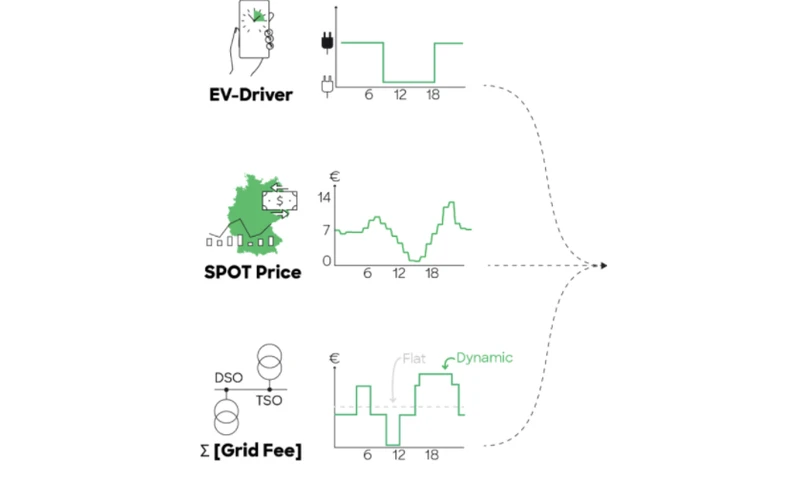
Approach
Grid- and market-friendly incentives
That's why we developed a novel, dynamic grid fee, representing both, transmission and distribution grid at high spatial and temporal granularity. This integrated load signal can be used by aggregators and EMSPs to optimize home charging and public charging, combining both, fluctuating power prices and grid load.
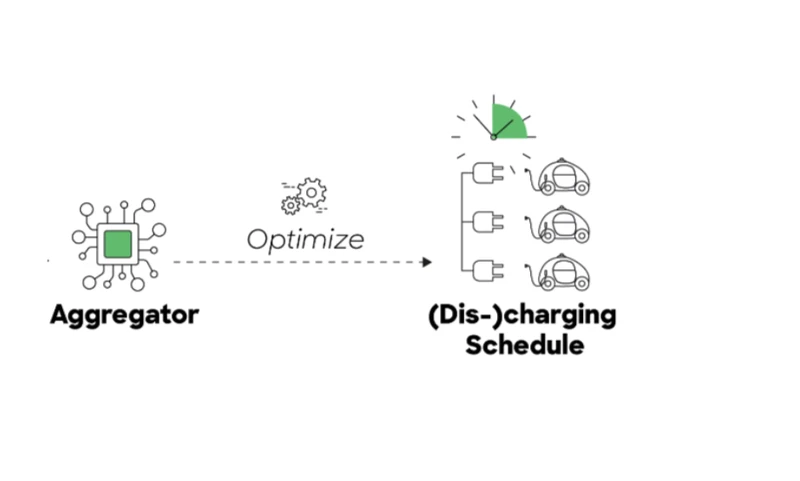
Potential
Individual and system-wide benefits
As a result, savings are generated by leveraging low power prices and avoiding grid congestion. These ought to be distributed along the value chain, making charging more affordable, strengthening flexibility service providers and decreasing system costs for everyone.
Grid capacity reaches its limit
Grid congestion can occur at both the transmission system operator (TSO) and distribution system operator (DSO) level. Currently, congestion is to a large degree the product of the following factors:
- Transmission capacity limitation hinder the efficient transport of green energy (e.g. from the north to industrial hubs in the south), causing curtailment of renewables and activation of coal or gas power plants.
- PV peaks caused by high synchronicity in solar generation, particularly during midday, causes congestion at the DSO level.
- Load-dependent congestion caused by e.g. simultaneous EV charging during early evening hours is rare but will exert more pressure on the grid in the future.
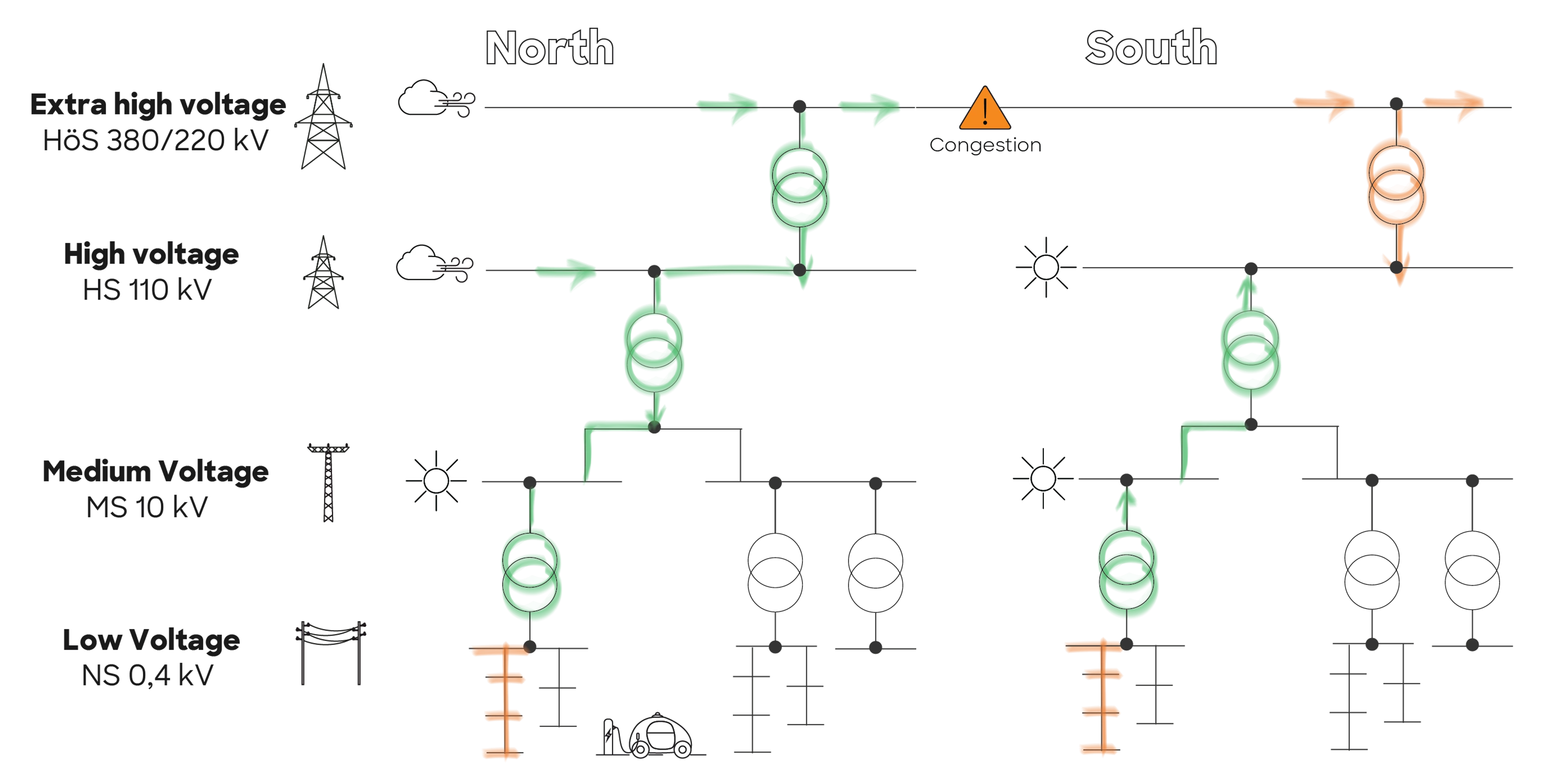
What are the associated costs?
Short term marginal cost such as redispatch already imposes a significant financial burden, which is paid by all consumers via increasing grid fees. In 2023, redispatch costs amounted to €3.1 billion and transmission grid expansion costs are projected to reach €50 billion by 2030.
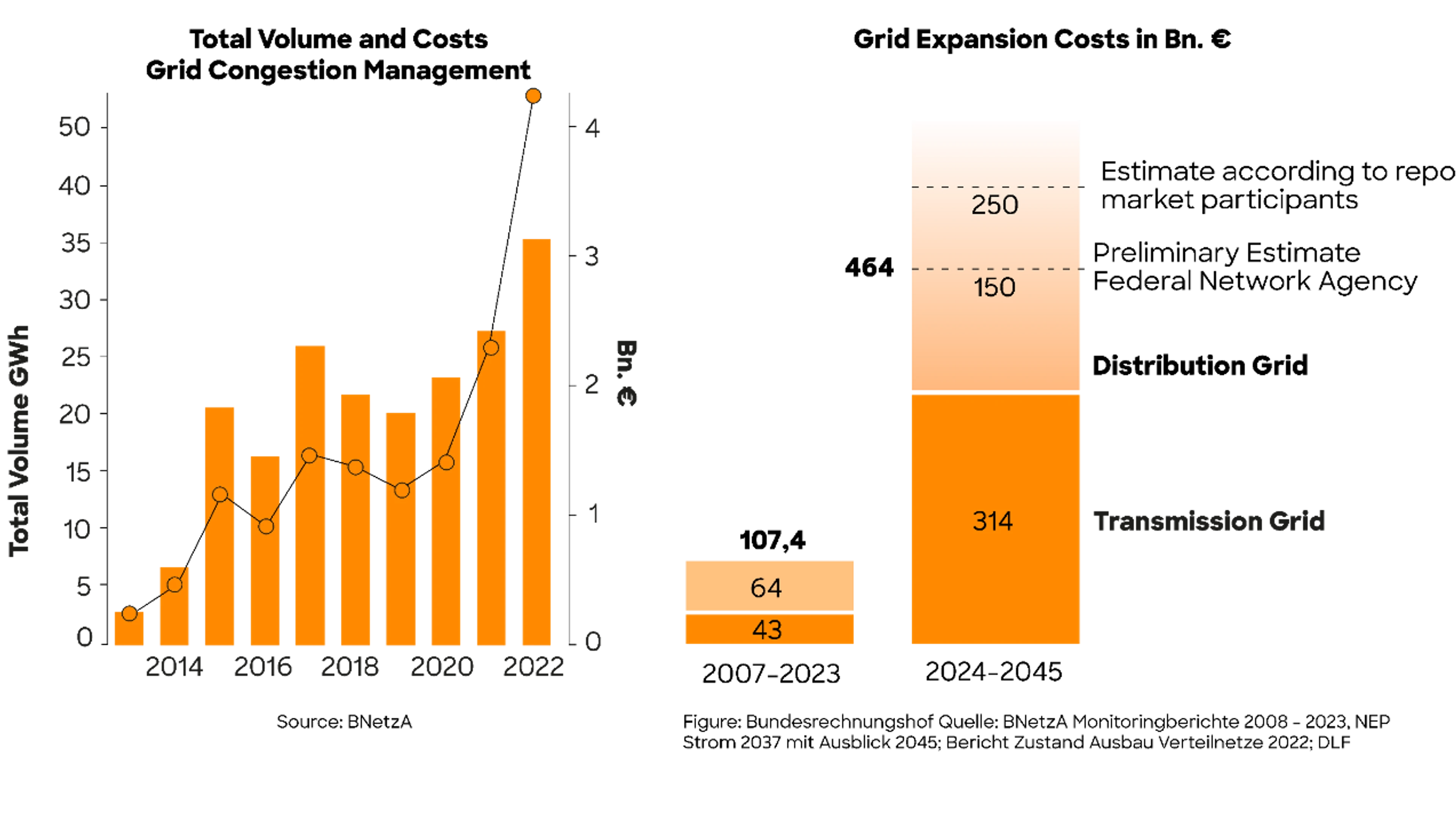
EVs offer a huge flexibility potential
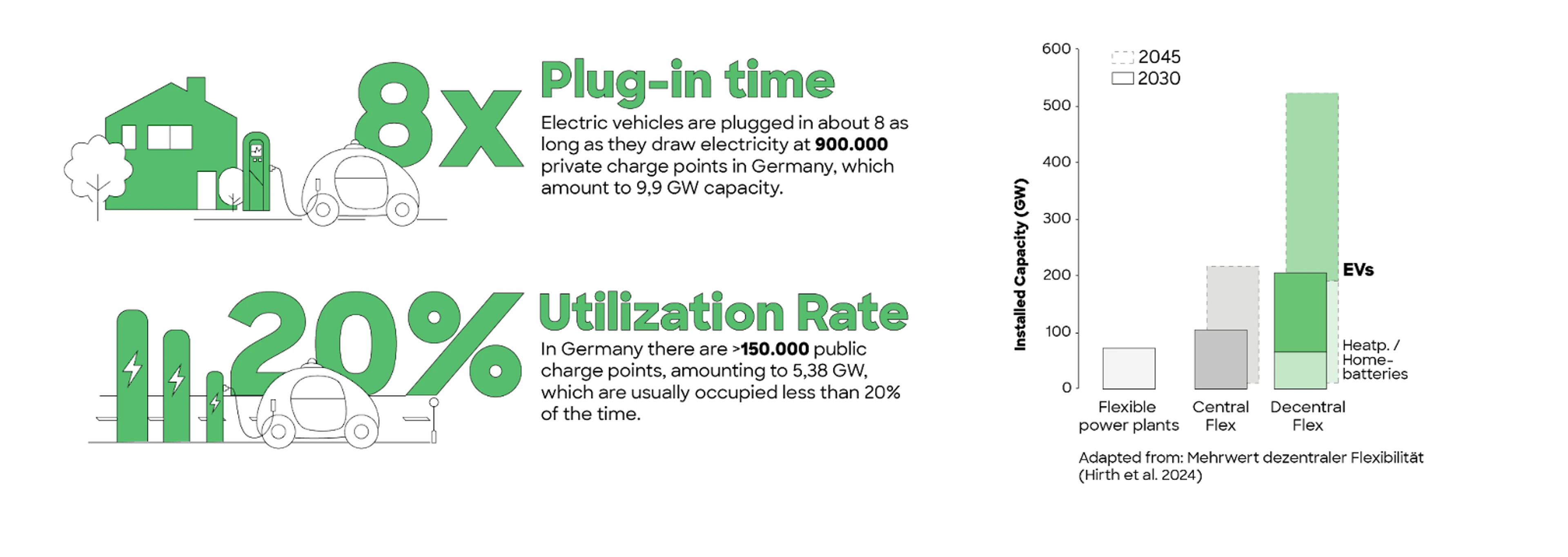
Which incentives do already exist?
Electric vehicles offer significant load shifting potential as they draw a high amount of power over a short period during charging, while typically being connected to the power supply for much longer durations. This extended connection time creates flexibility, allowing the charging to be shifted to periods of lower grid demand or higher renewable energy availability.
Even today, there are market-based incentives in place to encourage the use of flexibility in electricity consumption — for example, through dynamic electricity tariffs or reduced network charges for controllable electrical devices such as wallboxes. However, to create very short-term, targeted, and regional grid-based incentives to induce grid-friendly behavior of consumers, network tariffs need to be dynamic.
In phase 1, we worked on a very simple model to indicate grid capacity

In phase 2, we move on to fully dynamic grid tariffs
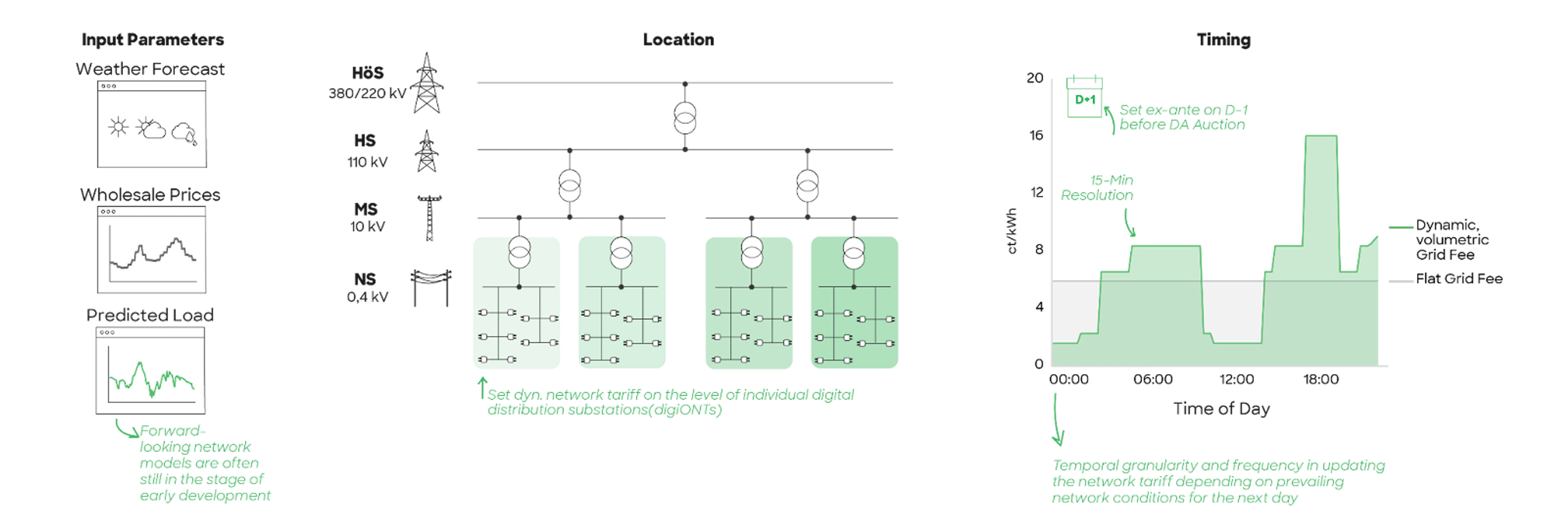
Cost-reflective grid tariffs have to provide high temporal and spatial resolution. Dynamic grid tariffs are determined ex-ante based on real-time information from the wholesale market, weather forecasts, and load projections at the lower voltage levels. By adjusting them in 15-minute intervals, prevailing grid conditions can be continuously taken into account.
Our pilot for dynamic grid fees
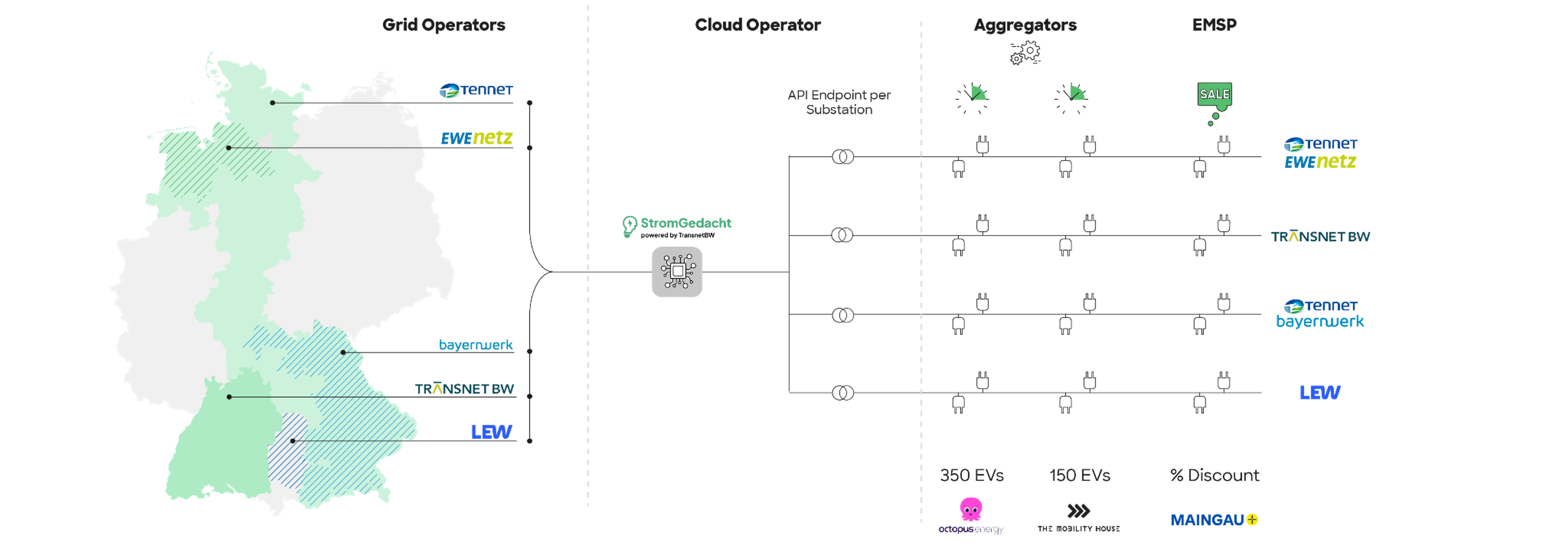
We are building a pilot to test the feasibility and effectiveness of dynamic grid fees in a real world setting. Our priorities in this pilot include calculating grid fees at the level of individual substations. Additionally, wallboxes are topographically allocated to specific substations. The charging process is then being optimized according to Day-Ahead and Intraday market signals as well as dynamic grid tariffs.
People and Voices

"Großartig, dass UnternehmerTUM in diesem wichtigen Innovationsthema - an dem auch viele Startups hängen - eine Plattform Rolle übernimmt. Ganz herausragend moderiert"
Herbert Diess, Chairman of the supervisory board, Infineon

"UnternehmerTUM has done an outstanding job of bringing market participants together, gathering information, and conveying it in a way that is understandable to everyone"
Maraflor Brunner, Senior Product Manager, MAINGAU Energie
Grids & Benefits in the news
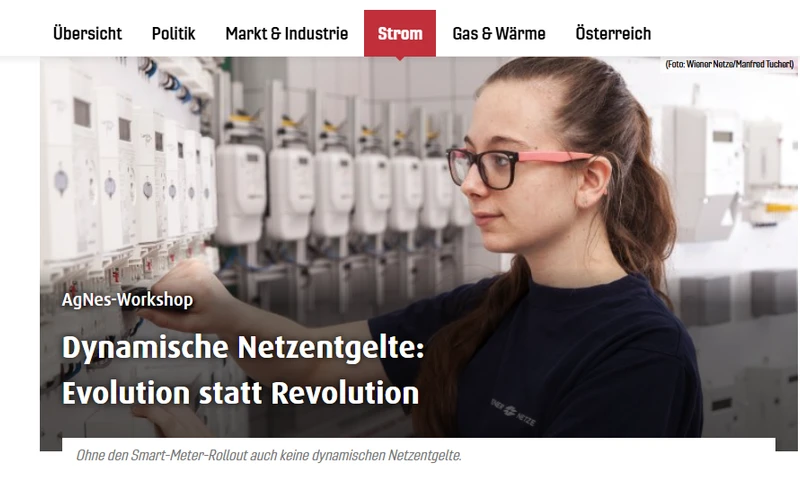
AgNes-Workshop der Bundesnetzagentur: Dynamische Netzentgelte im Projekt Grids & Benefits
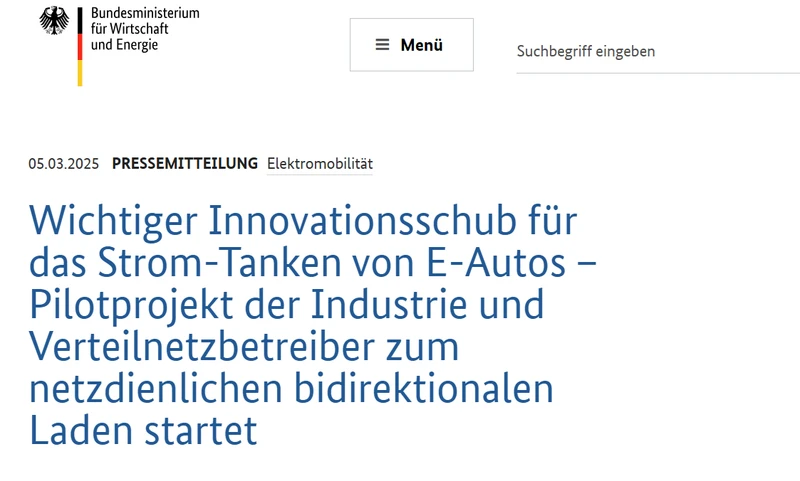
Federal Ministry for Economic Affairs and Energy about Grids & Benefits
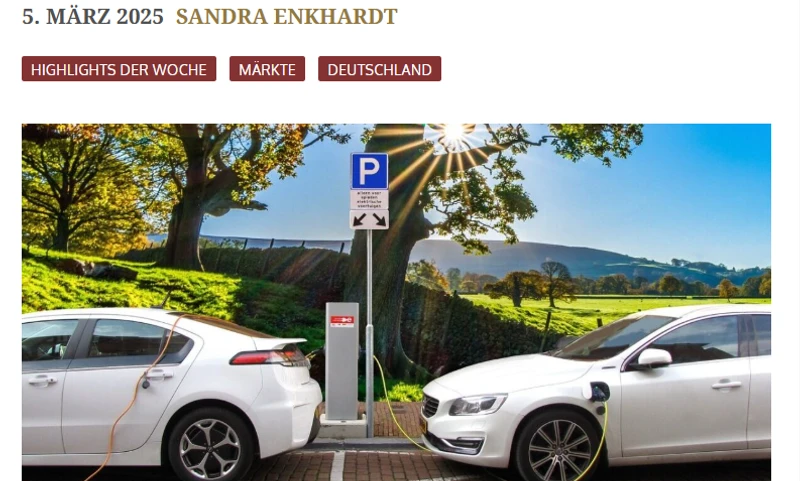
PV Magazine about the Grids & Benefits project and the new phase

It's a wrap! Celebrating 6 months of collaboration in Munich within the Grids & Benefits project
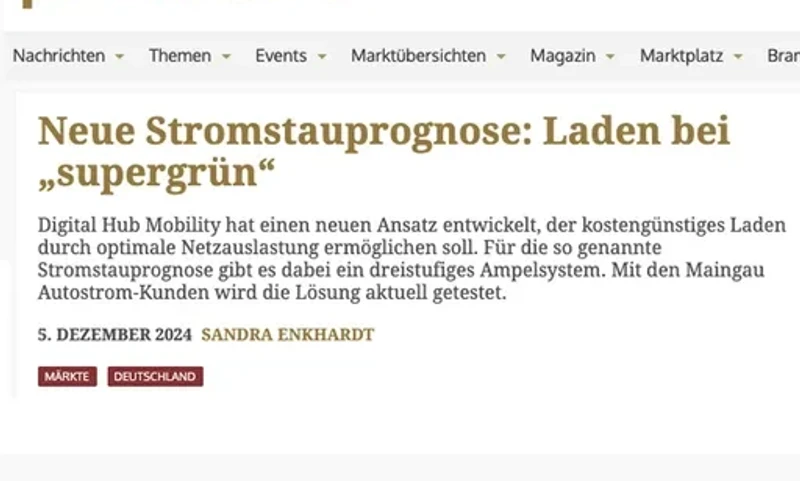
PV Magazine covers Grids & Benefits - Neue Stromstauprognose: Laden bei "supergrün"
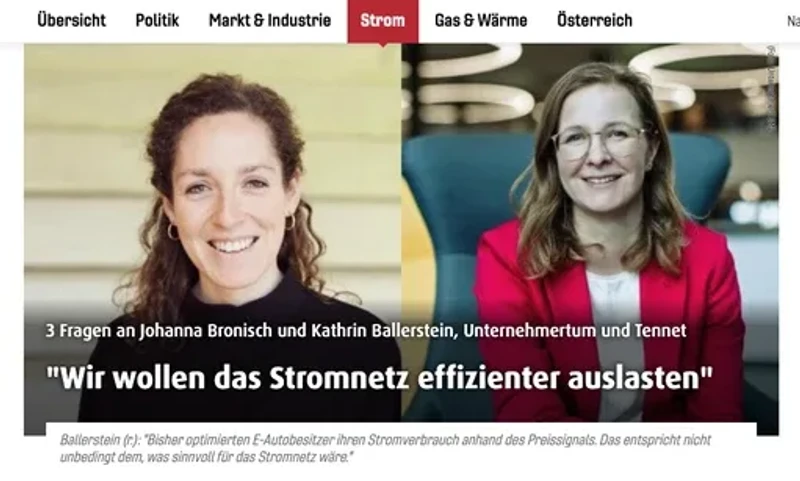
Interview with Kathrin Ballerstein (TenneT) and Johanna Bronisch (UnternehmerTUM)
Our Team


Dr. Stefan Börries
E2E-Manager Redispatch 2.0, EWE NETZ GmbH

Dr. Florian Dinger
Senior Manager Strategy and Development, TransnetBW GmbH Team StromGedacht

Ruth Hauber
Project Lead StromGedacht - Strategy and Business Development, TransnetBW GmbH

Julia Niehüser
Head of E-Mobility, MAINGAU Energie GmbH

Lars Nolting
Projekt Manager, TenneT TSO GmbH

Antonia Weber
Analyst Power Balances, TransnetBW GmbH, Team StromGedacht

Philipp Daun
Research Assistant, RWTH Aachen

Dr. Johanna Bronisch
Senior Consultant, Neon Neue Energieökonomik

Andre Herrmann
Referent Smart Markets, EWE NETZ GmbH

Tobias Kranz
Researcher & Consultant, Fraunhofer FIT

Theresa Roling
Project Manager Vehicle Grid Integration, The Mobility House Energy

Bastian Lanzinger
Expert Energy Innovation, UnternehmerTUM GmbH
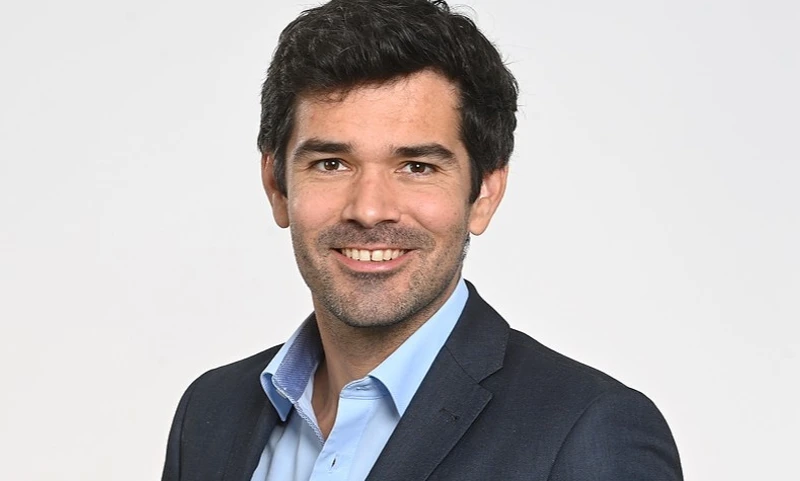
Wolfgang Kehrer
Product Owner / Energy Markets, BMW Group

Frauke Storch
Referentin der Bereichsleitung Asset Management, Bayernwerk Netz GmbH

Dr. Marco Wagler
Bereichsleiter Assetmanagement, LEW Verteilnetz GmbH

Alexander Kinna
Ingenieur Planung & Simulation Mittelspannung, LEW Verteilnetz GmbH

Michael Schreiber
Head of Flexibility, Octopus Energy

Janina Ketterer
Head of German System Change, Octopus Energy
Past members

Julian Rominger
Technical Product Owner, The Mobility House

Maraflor Brunner
Senior Product Manager, MAINGAU Energie GmbH

Vincent Jansen
Junior Analyst, UnternehmerTUM GmbH

Silke Grimhardt
Consultant, UnternehmerTUM GmbH
Our Partners
